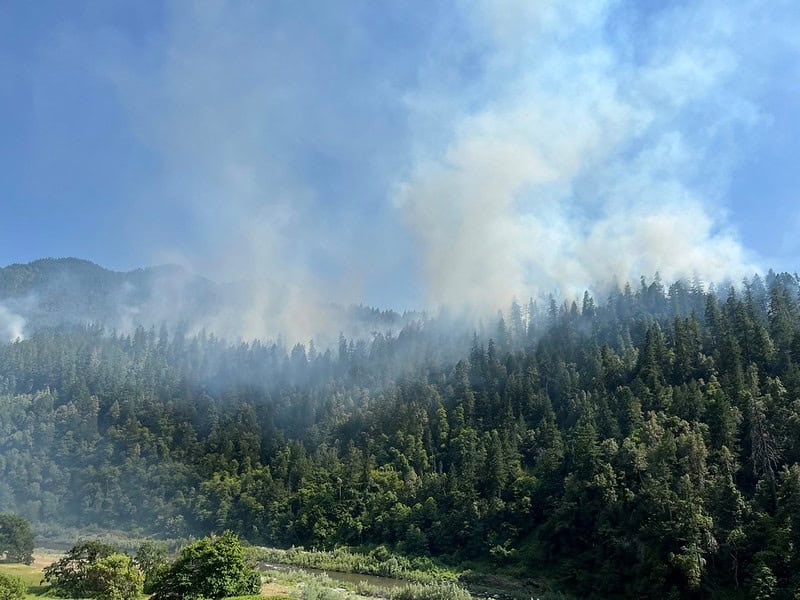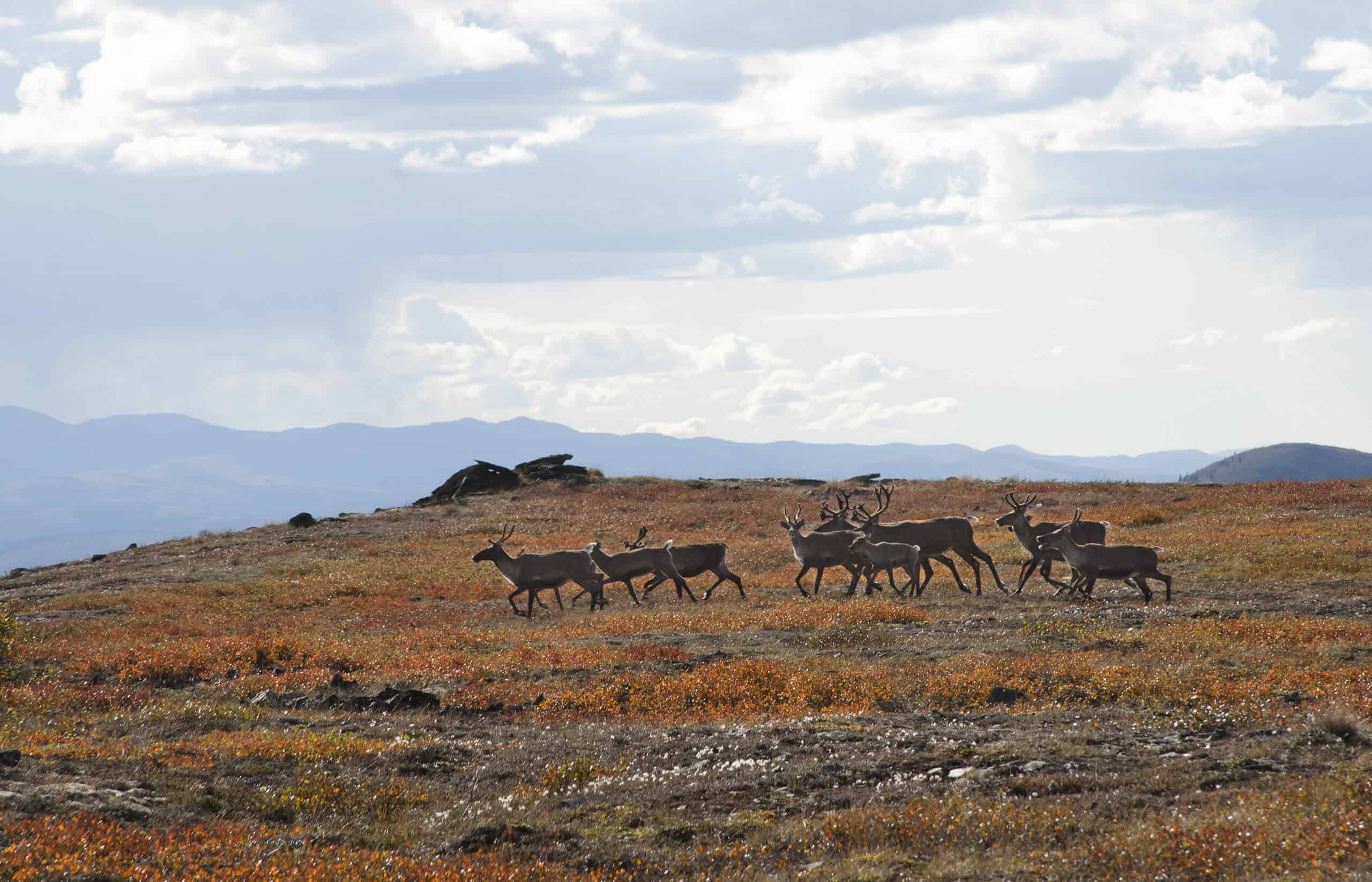Share this article
Computer model explores Tribal use of fire for ecosystem health
The Karuk Tribe regularly conducted burns in the fire-prone Klamath Mountains
Researchers are using 21st century technology to unveil traditional practices of fire stewardship.
Partnering with the Karuk Tribe, researchers from Oregon State University used a computer simulation model to understand how the Tribe historically used fire for ecosystem health.
Published in Ecological Applications, the findings show that before the arrival of European colonizers, cultural burning was extensive across the landscape, with an estimated 6,972 cultural ignitions occurring annually, averaging about 6.5 ignitions per year for each Indigenous fire steward.
The research focused on 1,000 square miles of Karuk Aboriginal Territory in the western Klamath Mountains of northern California. The mountains are part of a fire-prone ecosystem that historically had frequent fires of low or moderate severity but have recently experienced severe wildlfires.
Working with the Karuk Tribe Department of Natural Resources, OSU scientists developed historical estimates for cultural ignition locations, frequency and timing. Statistical parameters were collaboratively developed and honed with Tribal members and knowledge holders using interviews, historical and contemporary maps, ethnographies, recent ecological studies and generational knowledge.
“The information that went into this model is not new at all—it’s been held by Karuk Tribal members for millennia—but we developed new methods to bring the knowledge together and display it in a way that showcases the extent of Indigenous cultural stewardship across this landscape,” said Skye Greenler, who led the partnership when she was a graduate research fellow in the OSU College of Forestry. Read more from OSU
Header Image: A collaborative prescribed fire with cultural objectives is conducted near Somes Bar, California. Credit: Frank Lake/U.S. Forest Service








